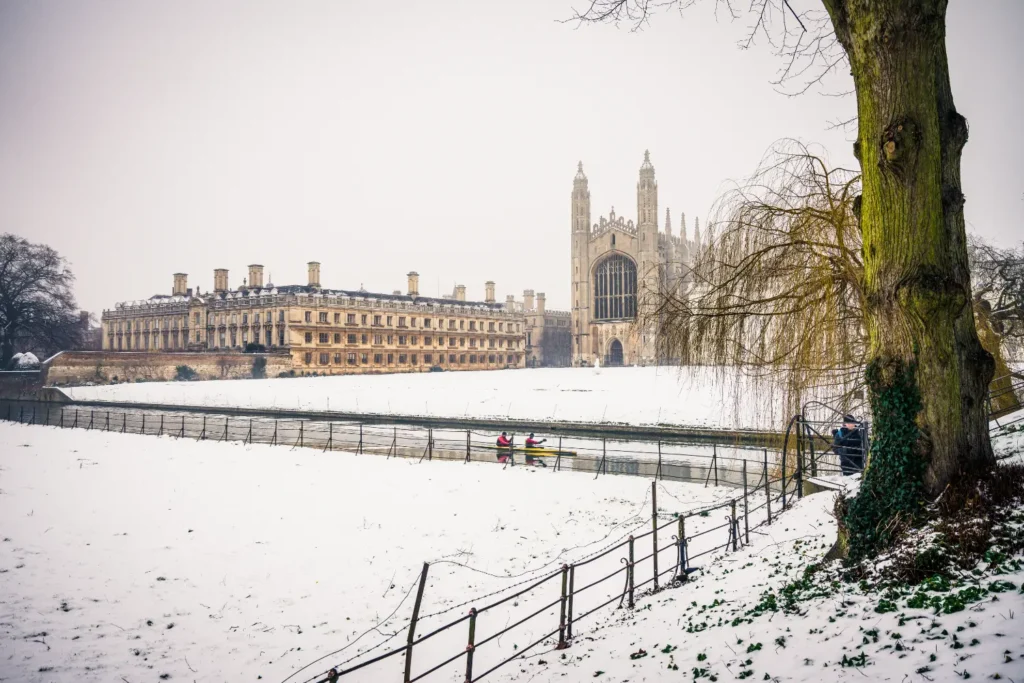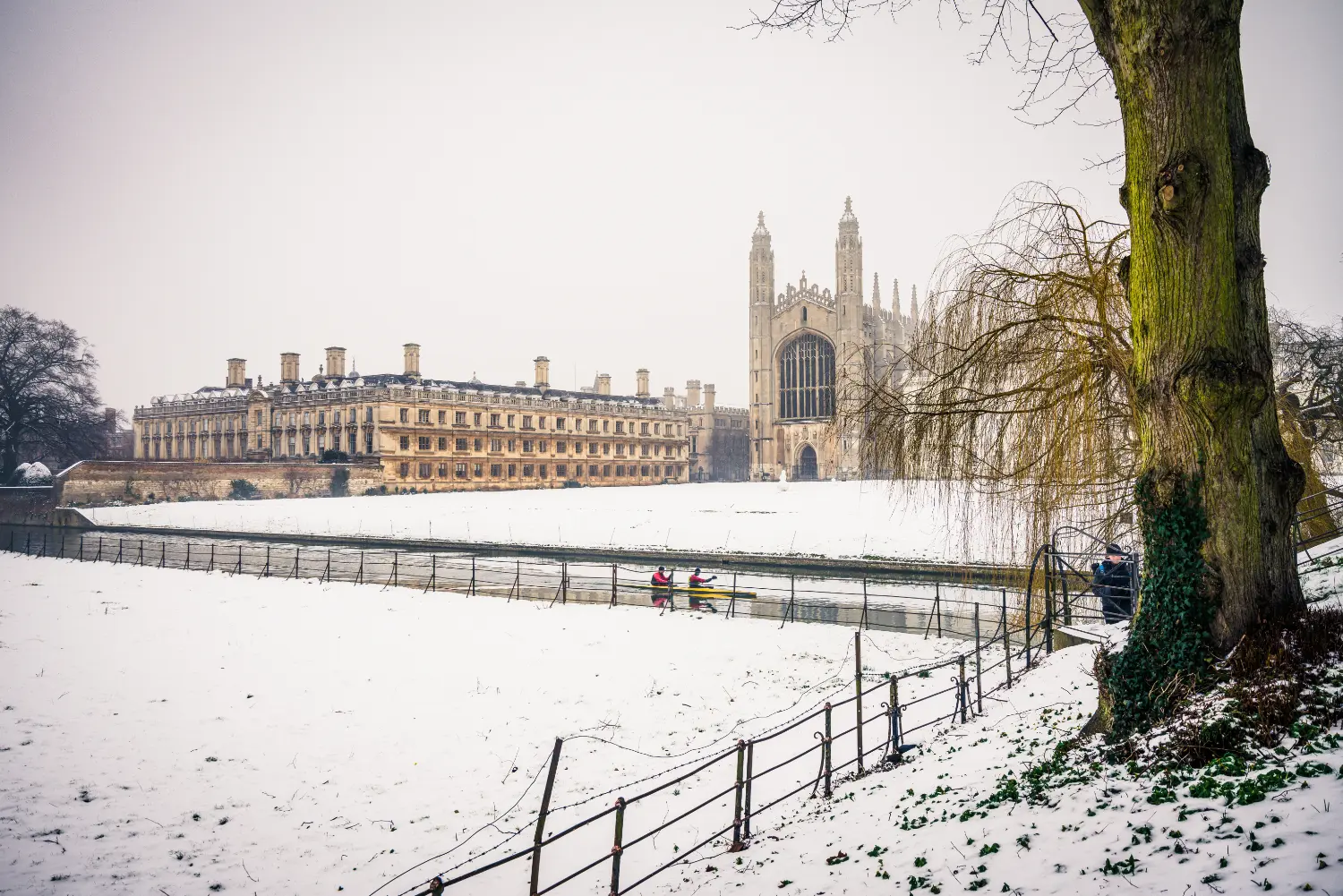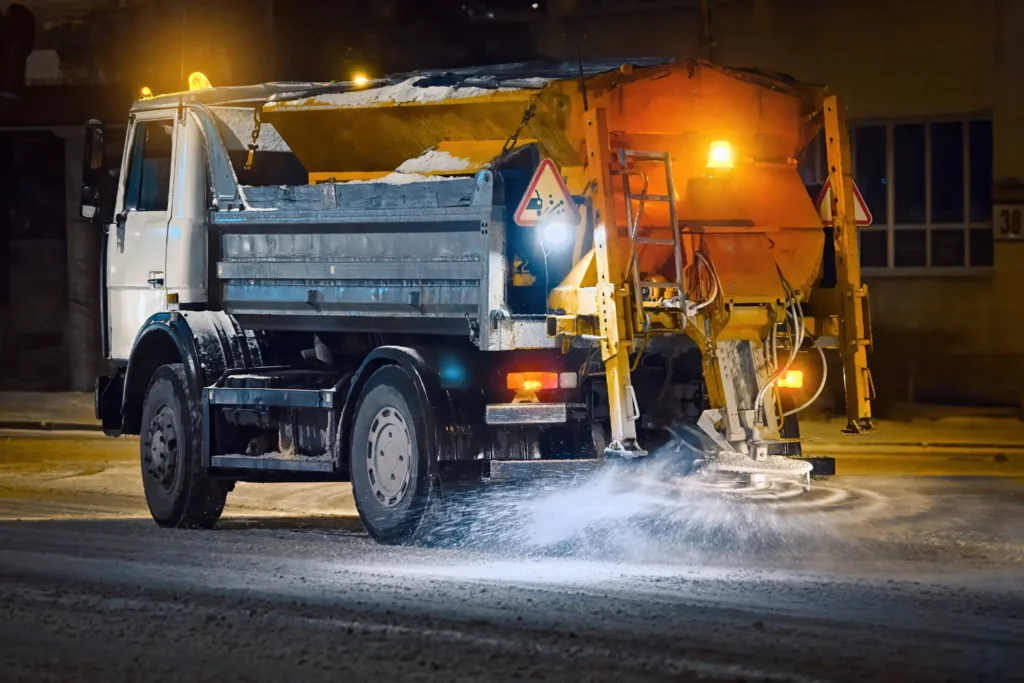Winter weather can pose significant challenges and risks to schools, impacting the safety of students and staff, as well as the integrity of school property.
Implementing effective safety plans, maintaining school grounds, and responding appropriately to severe weather events are crucial to ensuring that schools are well-prepared for winter hazards. This article will provide valuable insights and practical tips for protecting your school from winter hazards.
Let’s dive into the essential steps for safeguarding your school during the winter months.
Understanding Winter Weather Hazards
Types of Winter Weather
Winter weather can bring a variety of hazards, each posing unique challenges for schools. Snow, ice, and freezing temperatures are common during the winter months, leading to hazardous conditions. Snow accumulation can obstruct pathways, while ice can make walking surfaces treacherous. Cold weather can also impact the functionality of school property, including heating systems and water pipes.
High winds and heavy rain are other severe weather conditions that can affect schools. High winds can cause structural damage to school buildings, and heavy rain can lead to flooding, creating unsafe situations. Understanding these types of winter weather is the first step in preparing your school for winter hazards.
Impact on School Property and School Grounds
Winter weather can significantly impact school property and grounds. Snow sliding off roofs can pose a risk to students and staff, and frozen water pipes can lead to flooding and damage within school buildings. Additionally, icy conditions on school grounds can cause slips and falls, making it essential to clear snow and ice regularly.
Regular maintenance and inspection of school property are crucial during the winter months. Ensuring that heating systems are functioning properly and that water pipes are insulated can help prevent cold weather-related issues. Maintaining safe school grounds requires diligent effort to keep pathways clear and to address any structural vulnerabilities that severe weather might exploit.
Preparing Your School for Winter
Winter Weather Safety Plans
Developing a comprehensive winter weather safety plan is essential for protecting your school during the winter months. A well-structured plan should include detailed procedures for handling severe winter weather and ensuring the safety of students and staff. Regular risk assessments are crucial in identifying potential risks and taking preventative measures to mitigate them.
Key components of a winter safety plan include emergency protocols for severe weather events, guidelines for school closure decisions, and communication strategies with local authorities and emergency services. It’s important to review and update the plan annually, considering any changes in the school’s infrastructure or new insights gained from past winter experiences.
Gritting and Snow Clearance
Effective gritting and snow clearance are vital for maintaining safe school grounds during winter. Schools should ensure they have enough grit and the right equipment to manage snow and ice. Regularly scheduled gritting services can help keep pathways and parking lots free of ice, reducing the risk of slips and falls.
Having a dedicated snow clearance team or service is also important. This team should be responsible for clearing snow from walkways, driveways, and other critical areas to ensure safe access to the school building. By staying proactive and prepared, schools can significantly reduce the risks associated with winter weather.
Managing Severe Weather Events
Responding to Weather Warnings
Staying informed about weather warnings is crucial for the safety of your school during winter. Regularly monitoring weather forecasts allows schools to anticipate severe weather events and take appropriate action. When weather warnings are issued, it’s important to communicate effectively with local authorities and emergency services to ensure coordinated responses.
Having a clear protocol for responding to weather warnings can help minimize risks. This includes predetermined actions for different levels of warnings, such as activating the winter weather safety plan, informing parents and staff, and implementing necessary safety measures on school grounds.
School Closure Decisions
Deciding whether to close the school due to severe winter weather is a significant decision that impacts many stakeholders. Criteria for school closures should be well-defined and based on the severity of the weather conditions, the safety of the school grounds, and the ability of students and staff to travel safely.
Clear communication with parents, students, and staff is essential when making school closure decisions. Utilise multiple channels, such as emails, text messages, and social media, to ensure that everyone receives timely information. Additionally, coordinating with local authorities and emergency services can provide valuable insights and support in making these decisions.

Ensuring Safety During School Hours
Maintaining Safe School Grounds
Maintaining safe school grounds is essential during winter weather. Regular inspection and maintenance of buildings and grounds help address potential risks before they become significant issues. Clearing snow and ice promptly from walkways, driveways, and parking lots is critical to prevent slips and falls.
School buildings should be inspected for vulnerabilities that extreme weather might exploit. This includes checking roofs for potential collapses under heavy snow and ensuring water pipes are insulated to prevent freezing. Regular maintenance schedules and immediate responses to adverse weather conditions can keep school grounds safe.
Safety Measures for Students and Staff
The safety of students and staff during winter weather requires proactive measures. Schools should provide warm clothing and designated safe spaces where students can spend time outdoors safely. Conducting themed assemblies on winter weather safety can educate students and staff on how to stay safe during adverse conditions.
Having clear guidelines for emergency situations, such as high winds or heavy rain, ensures everyone knows what to do in case of severe weather. Schools should also have plans for maintaining normal operations during winter weather, including adjusting school hours if necessary.
Final Thoughts
Protecting your school from winter hazards requires comprehensive planning, regular maintenance, and effective communication. Ensuring the safety of students and staff during winter weather is paramount, and implementing a well-structured winter weather safety plan is essential. Practical tips such as maintaining school property and school grounds, responding to weather warnings, and making informed school closure decisions are crucial for keeping everyone safe during the winter months.
By staying proactive and prepared, schools can navigate the challenges of winter weather and minimise risks. As a next step, consider creating a detailed winter safety checklist to ensure all aspects of winter weather preparedness are covered and communicated effectively to all stakeholders.
For expert assistance in maintaining a safe environment during the winter months, consider partnering with Accugrit. Our comprehensive winter maintenance services include gritting, weather forecasting, and snow clearance. Let us help you keep your school grounds safe and operational regardless of the weather conditions. Contact us today to learn more about our services and how we can support your school’s winter safety plan.


